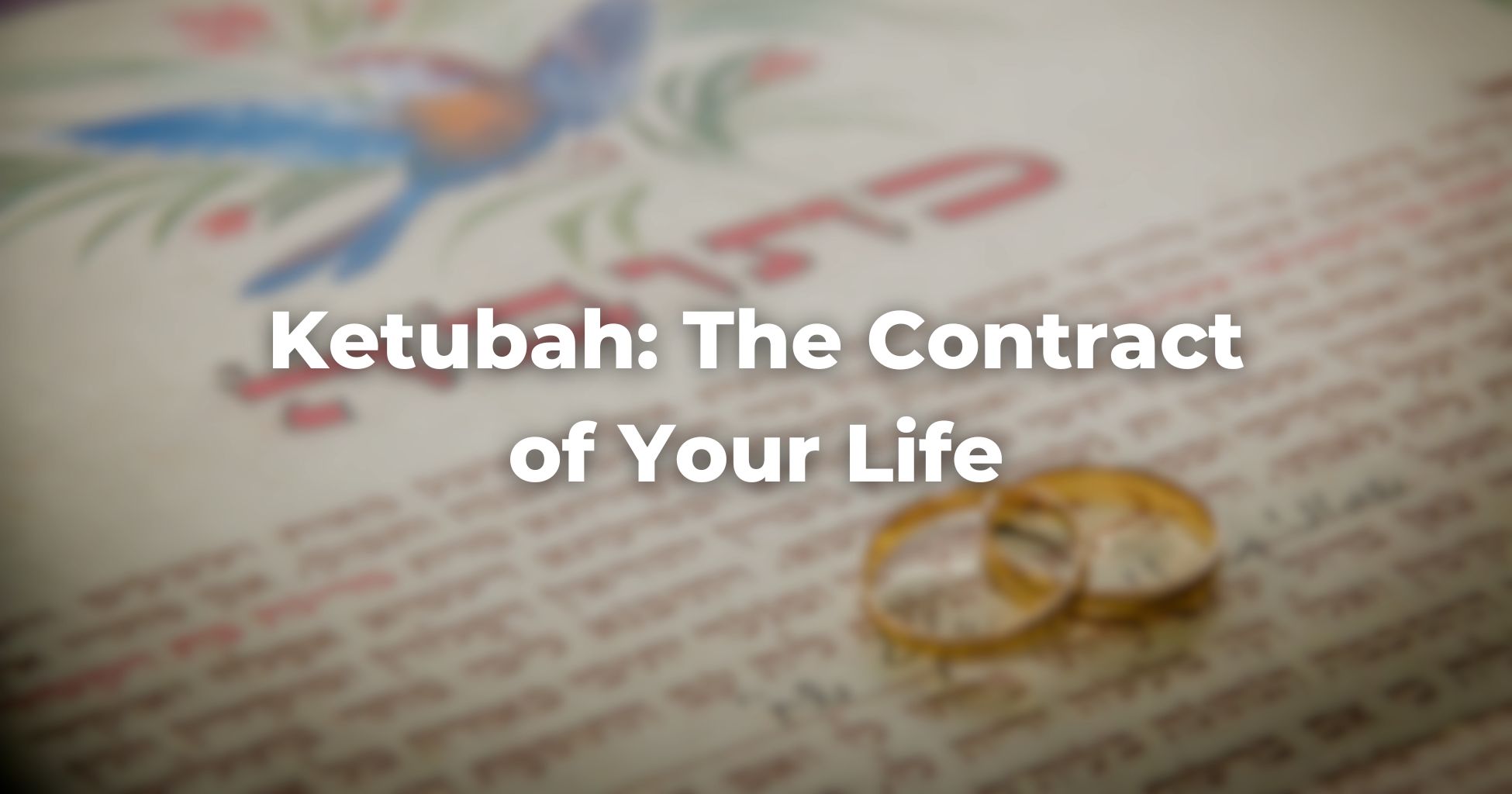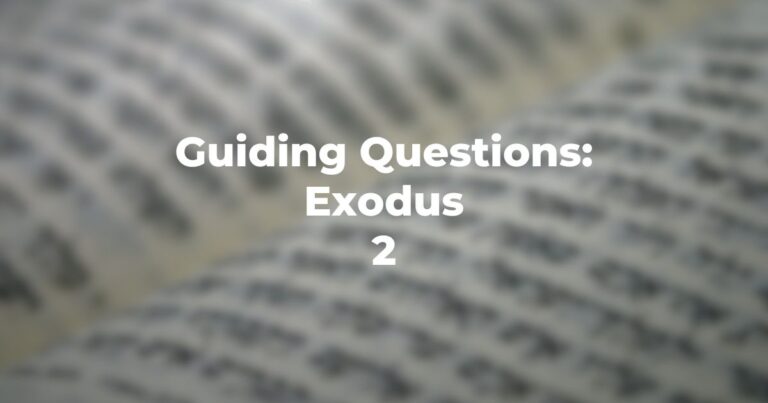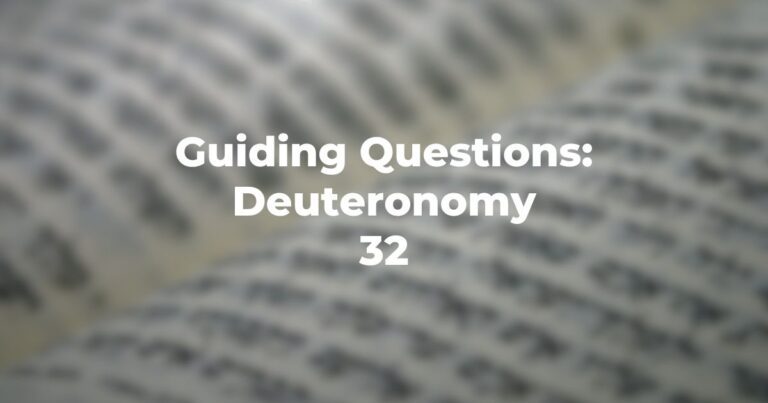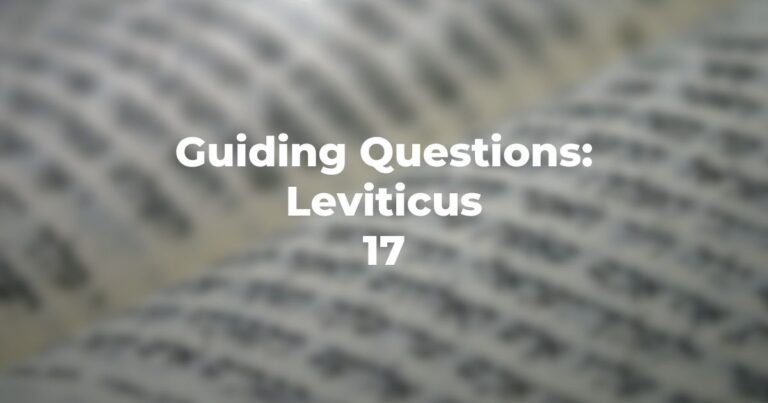Ketubah is THE most important contract of all.
The Ketubah is the document that guards the most important treasure in the world – the marriage.
One of the best and most powerful moments in our lives is the Wedding. The whole ceremony is filled with symbols that are unique and holy. Standing under the wedding canopy (the chuppah), the ring offering, the “Ketubah” reading or singing, the breaking of the glass, and all of the emotions and tears. All of these and more are full of meaning and irreplaceable.
While we can picture and understand the ring giving, or breaking of the glass and what it symbolizes.It can be difficult to visualize the deeper meaning of the Ketubah.What is its purpose, and what is the meaning of its content? This can beespecially challenging because it is written in Aramaic which most of us can’t understand.
What is the “Ketubah” and what is so special and magical about it?
The Ketubah comes from the Hebrew root: k.t.v, which means – to write. The Ketubah, on its surface, is a written contract. The ketubah’s origins date back to the Babylonian exile of the Jewish people (around 500 BCE). It was formally instituted as a universal practice by Shimon ben Shetach, around 100 BCE.
The Ketubah is a Jewish marriage contract with over 2000 years of history, still valid and widely used today. It is a legally binding document in Jewish law that outlines the obligations of one spouse to another.
Written in Aramaic to maintain its authenticity and legal weight, the Ketubah traditionally served as financial protection for women in case of divorce or their husband’s death. It is a serious declaration of the husband’s responsibilities, signed under the supervision of two kosher witnesses.
The Ketubah, acting as a cornerstone of Jewish marriage, explicitly outlines the groom’s fundamental obligations to his wife: food (she’er), clothing (kesut), and conjugal rights (onah). Although some couples now opt for more egalitarian language, the core principle remains: a clear, formal declaration of marital obligations, underscoring the seriousness with which Judaism regards the commitments made in marriage.
During the wedding ceremony, the Ketubah is presented in front of guests and witnesses, often accompanied by traditional melodies sung during its reading. Modern couples sometimes personalize their Ketubah with additional vows or commitments.
While originally focused on the husband’s obligations, some contemporary versions have been adapted to reflect more egalitarian relationships.
So, what makes it THE contract of life?
The Biblical Source of the Ketubah
The first commandment in the Bible, is to multiply. Already in the first Parsha in the TorahRefers to the first five books of the Hebrew Bible, the Tanakh, also called the Five Books of Moses, Pentateuch or the Hebrew equivalent, Humash. This is also called the Written Torah. The term may also refer to teachings that expound on Jewish tradition. Read more, after coming to the conclusion that it’s not good for a person to live alone, G-d creates a partner for Adam, Eve.
Adam praises his new companion by saying (Genesis 2:23)
“This is now bone of my bones, and a flash of my flesh she shall be called woman (isha) because she was taken out of man”(ish).
After such approval and love from Adam,The Lord blesses them and commands them to multiply and rule the world. The next verse declares: “Shall a man leave his father and mother and cleave unto his wife and they shall be one flesh.”
This is the first commandment in the Torah. This is the fundamental aspect of creation – to establish a family and to continue the creation with a home that will include honesty and companionship. This the reason for the importance and seriousness of the Ketubah – to protect and strengthen the establishment of a home and of a family.
The Ketubah remains an integral part of Jewish wedding ceremonies.
It connects modern couples to their ancestors. Some non-religious Jewish couples and even non-Jewish couples have embraced the concept, creating personalized marriage contracts. In Israel and some other countries, the Ketubah still holds legal weight in addition to its religious significance.
Although the Ketubah has evolved over time to reflect changing social norms, because of its legal status it still continues to serve as a form of protection for many women in case of divorce or widowhood. This underscores the seriousness with which Judaism views marital obligations and the importance of clearly defining expectations within the marriage.
To keep the Ketubah’s originality, the language of it is ancient Aramaic. Now, many modern ketubot (plural) are bilingual or in the couple’s native language. Ketubah,
The Ketubah has evolved beyond its legal significance to become a cherished piece of art in many Jewish homes.
Traditionally adorned with intricate designs, beautiful calligraphy, and symbolic imagery, the Ketubah serves as a meaningful testament of marital vows and a stunning decorative element. Many couples choose to display their Ketubah prominently as an affirmation of their commitment.
Framed and hung with care, the Ketubah becomes more than just a legal document – it transforms into a visual representation of love and partnership, blending seamlessly with other artwork while holding a special place of honor in the Jewish home. This practice of displaying the Ketubah not only preserves an ancient tradition but also infuses the living space with personal history and spiritual significance.
Author
-

Born in Jerusalem (1965), Boaz Davidoff is a cantor, musician, and rabbinical student living between Israel and Montreal. He was a fellow in the first cohort of the Exploring Judaism's Writer's Fellowship. He serves as cantor at Montreal's Shaarezedek Synagogue and teaches Bar-Mitzvah, voice, and guitar in Israel. Boaz performs concerts solo and with his band across Israel. Currently in his final year of rabbinic studies at Jerusalem's Schechter Institute, he occasionally substitutes as rabbi in Montreal. Married with three children, Boaz is passionate about Israel, organizing charity concerts and events to support the country. He combines his musical talents with religious leadership, bridging communities in Canada and Israel.
View all posts




